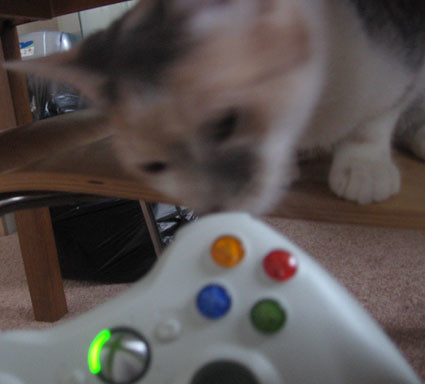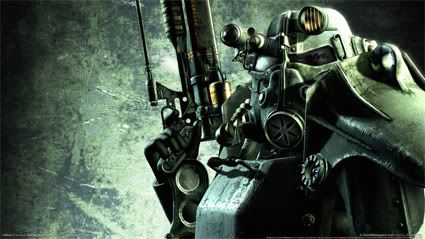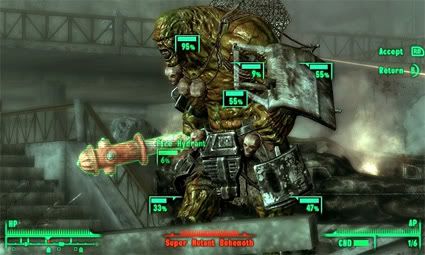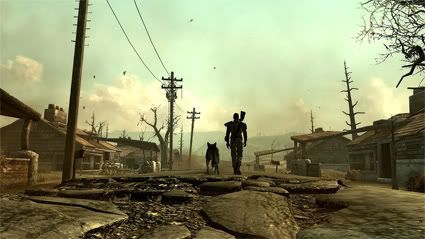
There was a time, and some of my younger readers may not remember it, when the line between PCs and gaming consoles was as bold and clear as they come.
In these nascent days, PCs were struggling to generate more than a few colors, while consoles had between 6 and 8 bits to work with. Consoles delivered shoot ’em ups in the style of Galaga, Defender or Yar’s Revenge while PC games, such as they were, often took the form of Zork and other text adventures. Around the time the NES hit the states, introducing classic platforming along with it, PCs began to improve as well, their adventure games becoming more complex and adding simulations to the stables. SimCity and flight simulators had a depth difficult to replicate on a cartridge, while the fast-paced action of Contra, Blaster Master, or Double Dragon was exclusive to the consoles.
Eventually, this began to change. PC games like Wing Commander and Stonekeep provided full-motion video and fully voiced characters, while console games started to branch out into areas like role-playing games. Doom also closed the gap and paved the way for the genre we now call ‘first-person shooters’. Suddenly, you could get your pulse-pounding action on a PC and some really touching storytelling on a console. Crazy, right?
Nowadays the lines have all but been erased. Games are released for multiple platforms all the time. And yet, some seams are still showing.
When a game is conceptualized for a console, and then ported to PC, it can be challenging to keep in mind everything involved with such a feat. PCs vary wildly from user to user, especially as costs of parts has decreased while user knowledge and desire for customization has increased. PC gamers like their machines scalable, with great potential for upgrades and as much longevity as possible, meaning parts can be swapped out at any time. Developers porting a console game need to be aware of this, as well as the many options a PC gamer will be looking for: screen resolutions, texture quality, FOV, and so on. It can be pretty daunting.
Even if a console port is done correctly (say with one of Rocksteady’s excellent Batman games) it can be hard to fully shake off the console’s influence in things like controls. A game that is oriented towards buttons getting repeatedly mashed or relying on the intuitive nature of controller use can feel clunky or unwieldy when using a mouse and keyboard. Thankfully, all one has to do in these cases is plug a controller into the USB port. Most console games will rejoice at this decision! Unfortunately, not all PC games go the other way.
Dungeon crawlers like Torchlight, real-time strategy like StarCraft II, MMOs like World of Warcraft. MOBAs such as League of Legends… these are games that are unlikely to appear on consoles. The games in these genres rely heavily on the many keys of the keyboard paired with the precision of mouse control, and unless consoles begin to widely accept that sort of interface, transitioning control schemes to a gamepad would be insurmountably difficult. There’s also the fact that mouse and keyboard continues to be arguably the best interface for first-person shooters, as the mouse provides for true precision aiming while the keyboard makes accessing things like different weapons and gadgets quick and easy.
Finally, some developers continue to make their games exclusively for one platform or another. CD Projekt made both Witcher games exclusively for the PC, while the God of War franchise is almost entirely kept on consoles. There’s nothing necessarily wrong with choosing one platform over another for developing some new entertainment, but it does illustrate that key differences remain between consoles and PCs.
While I am predominantly a PC gamer, I do like console games and find some titles just work better with a controller. I think it’s entirely possible to have the best of both worlds. Differences yet remain between the two, but for me, the war is over. Let peace and gaming reign.





